Beijing Ditan Hospital and Beijing Tiantan Hospital Join Forces to Write a New Chapter in Collaboration Between Two National Medical Centers
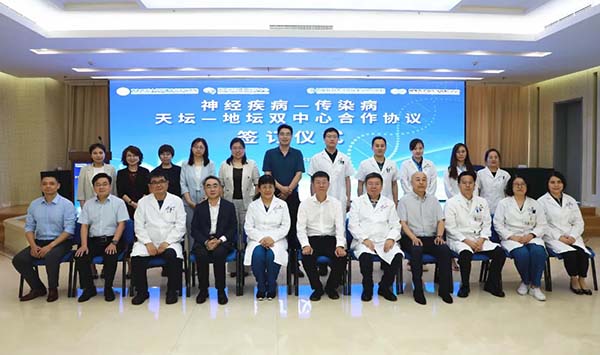
On July 16, the National Center for Infectious Diseases (Beijing)/Beijing Ditan Hospital, Capital Medical University and the National Center for Neurological Disorders/Beijing Tiantan Hospital, Capital Medical University held a signing ceremony for their "dual centers" cooperation agreement. Leaders from both hospitals and directors of various departments gathered to discuss comprehensive collaboration in research, clinical practice, education and other fields.
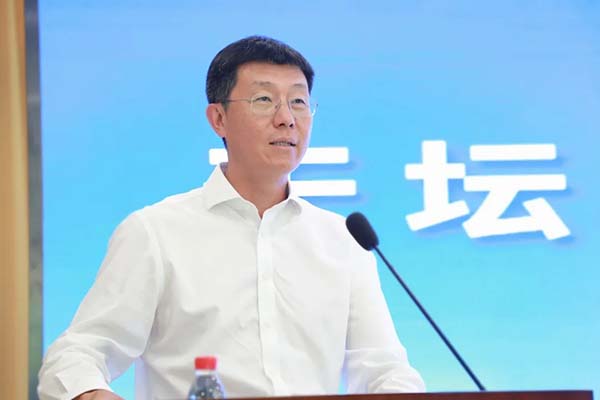
Pan Feng, Party Secretary of Beijing Ditan Hospital, reflected on the long-standing collaboration between the two hospitals. He noted their consistent close cooperation in areas such as difficult case consultations and patient referrals for infectious diseases, which has established a solid foundation for deeper partnership. The complementary strengths of Beijing Tiantan Hospital's leading neurology expertise and Ditan Hospital's specialized infectious disease experience create natural synergies. Through this "Dual Centers" collaboration, the hospitals will jointly explore interdisciplinary integration between neurology and infectious disease medicine. Beijing Ditan Hospital pledges full support to ensure the effective implementation of this cooperation.
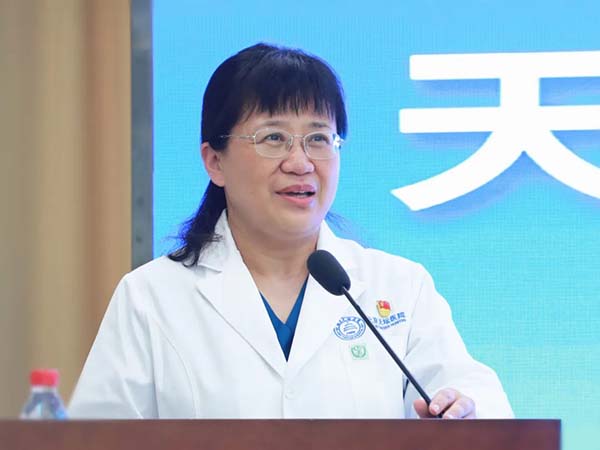
Yue Xiaolin, Party Secretary of Beijing Tiantan Hospital, emphasized that as national medical centers based in the capital, while Beijing Tiantan Hospital and Beijing Ditan Hospital specialize in neurological disorders and infectious diseases respectively, they have already established solid collaborative foundations in areas such as joint diagnosis and treatment of complex neuro-infectious cases, personnel training, and academic exchanges. From regular departmental interactions in the past to the current formal signing of cooperation agreement, this move not only actively responds to national strategic deployment for medical center development, but more importantly addresses the urgent need to promote interdisciplinary integration and achieve complementary advantages.
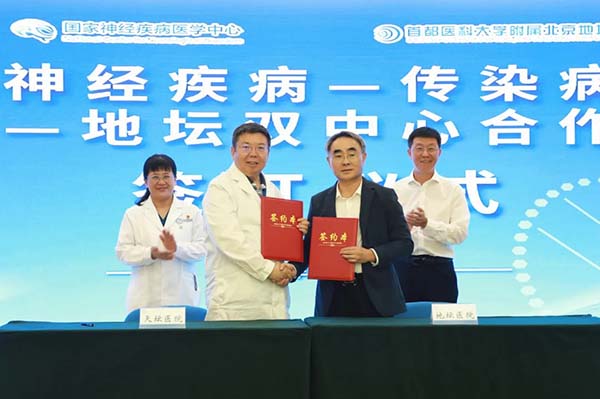
At the signing ceremony, Jin Ronghua, President of Beijing Ditan Hospital, and Wang Yongjun, President of Beijing Tiantan Hospital, signed the cooperation agreement. Pan Feng and Yue Xiaolin served as witnesses along with other attendees to mark this significant moment.
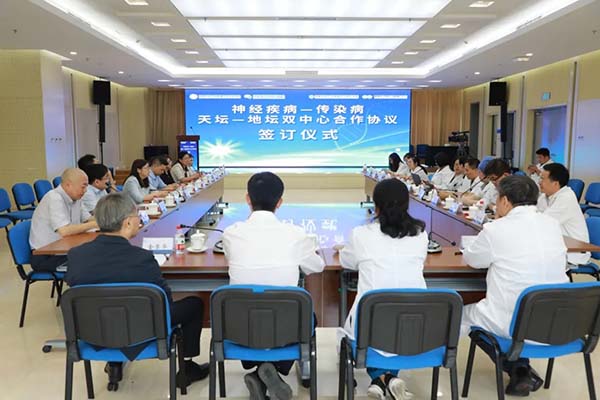
During the discussion session, professional teams from both hospitals engaged in in-depth exchanges. Beijing Ditan Hospital outlined three key collaboration priorities: 1) leveraging Beijing Tiantan Hospital's expertise to overcome neurosurgical and neurological research bottlenecks, particularly in clinical trial design and research translation; 2) enhancing core clinical competencies including cerebrovascular interventional techniques through complex case collaboration; and 3) strengthening joint postgraduate education by innovating professional master's training models to comprehensively elevate disciplinary development standards.
Beijing Tiantan Hospital proposed collaborative initiatives focused on developing its hospital infection control department, establishing postoperative infection prevention guidelines, and jointly applying for research projects on neurological infectious diseases. The hospital also introduced an innovative team collaboration model - such as pairing Beijing Ditan's principal investigators with Tiantan's young research teams for joint studies. Both institutions agreed to integrate their respective strengths and resources to promote new technologies, methodologies, and research achievements nationwide, fully leveraging their roles as national medical centers to set benchmarks and provide leadership in the field.
To address these collaborative needs, the two hospitals have developed comprehensive implementation plans across multiple domains. Clinically, they will establish rapid consultation channels for neuroinfectious diseases, develop standardized postoperative infection control protocols, integrate vascular disease management resources, and conduct joint management of complex cases. For research innovation, the partnership will create shared specialty biobanks for conditions like neurosyphilis, jointly pursue national research funding, advance studies in neuroinfectious diseases, and implement data sharing systems. The talent development program will feature innovative joint Master's training, reciprocal resident rotations and physician exchanges, specifically facilitating Beijing Tiantan Hospital's acceptance of Beijing Ditan Hospital graduate students for clinical rotations, while cultivating interdisciplinary medical experts. In terms of Party building, the institutions will enhance regular exchanges between Party committees and grassroots branches, using high-quality Party building to drive professional excellence and achieve deep integration of political and medical work.
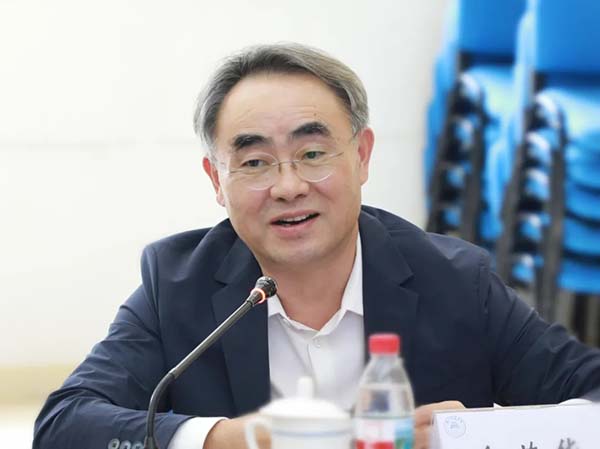
In concluding remarks, Jin Ronghua emphasized the profound historical connection between the two hospitals. Through this "Dual Centers" collaboration, Beijing Ditan Hospital aims to achieve significant development in disciplinary construction within five years, progressing from keeping pace to running neck-and-neck, and ultimately taking the lead in certain specialized fields. He expressed anticipation for joint efforts with Beijing Tiantan Hospital to advance medical disciplines through interdisciplinary cooperation, while delivering better diagnostic services and improving patient experiences that fulfill their mission as national medical centers.
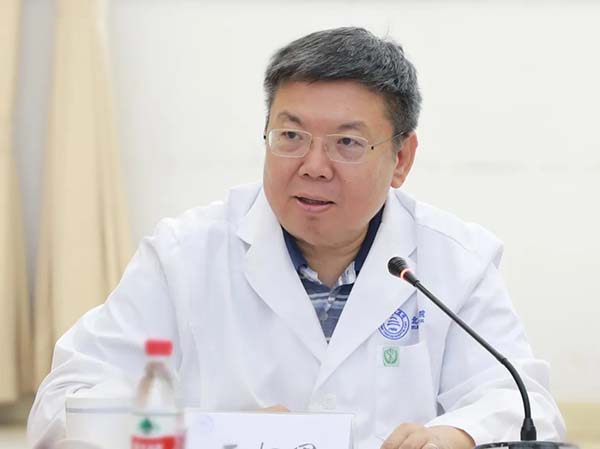
Wang Yongjun likened the signing to "a marriage ceremony, symbolizing a formal union," conveying his endorsement and anticipation for this "Dual Centers" collaboration. He explicitly stated that Beijing Tiantan Hospital would systematically analyze both institutions' needs and incorporate them into this year's concrete work plans, with focused efforts on disciplinary development. By fully leveraging the respective strengths of these two national medical centers, they will devote all resources to ensuring the partnership delivers tangible results.
The collaboration between these two national medical centers has not only broken down disciplinary barriers but also innovatively established a new cross-domain synergy model integrating "neurological disorders and infectious diseases," marking a new phase of interdisciplinary development in China's medical field. As the cooperative initiatives are progressively implemented, they will deliver more precise and higher-quality medical services for patients with complex critical illnesses, create a replicable "model template" for interdisciplinary medical innovation, and ultimately realize the shared vision of "improving patient care, advancing medical disciplines, and driving progress in healthcare."




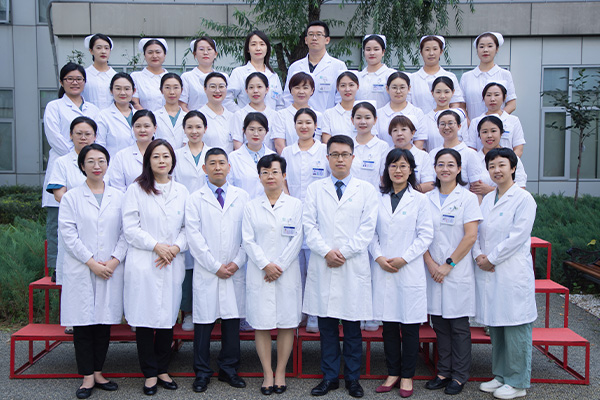
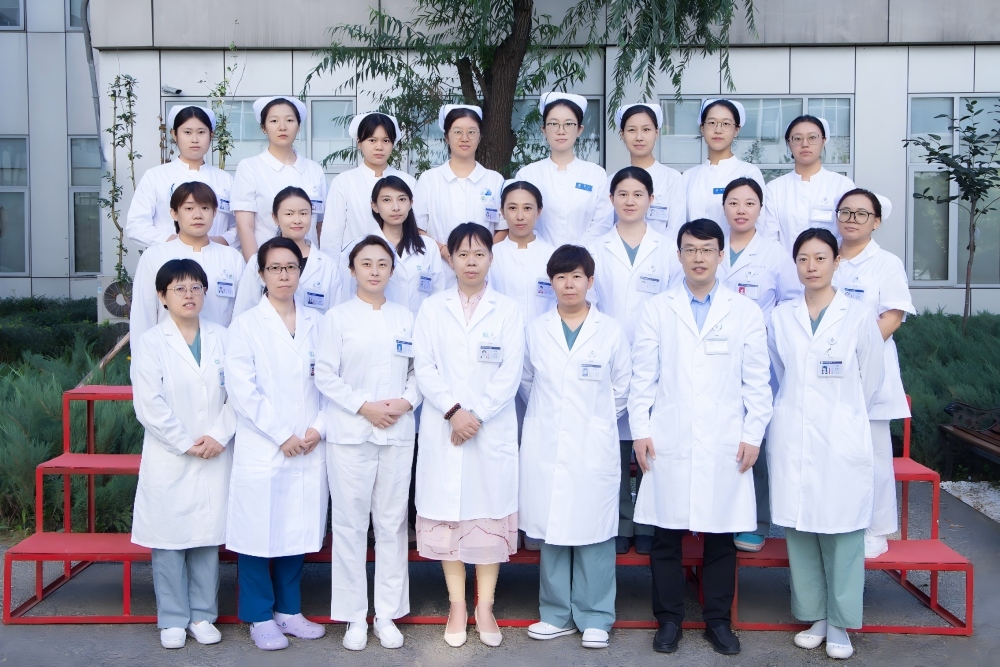
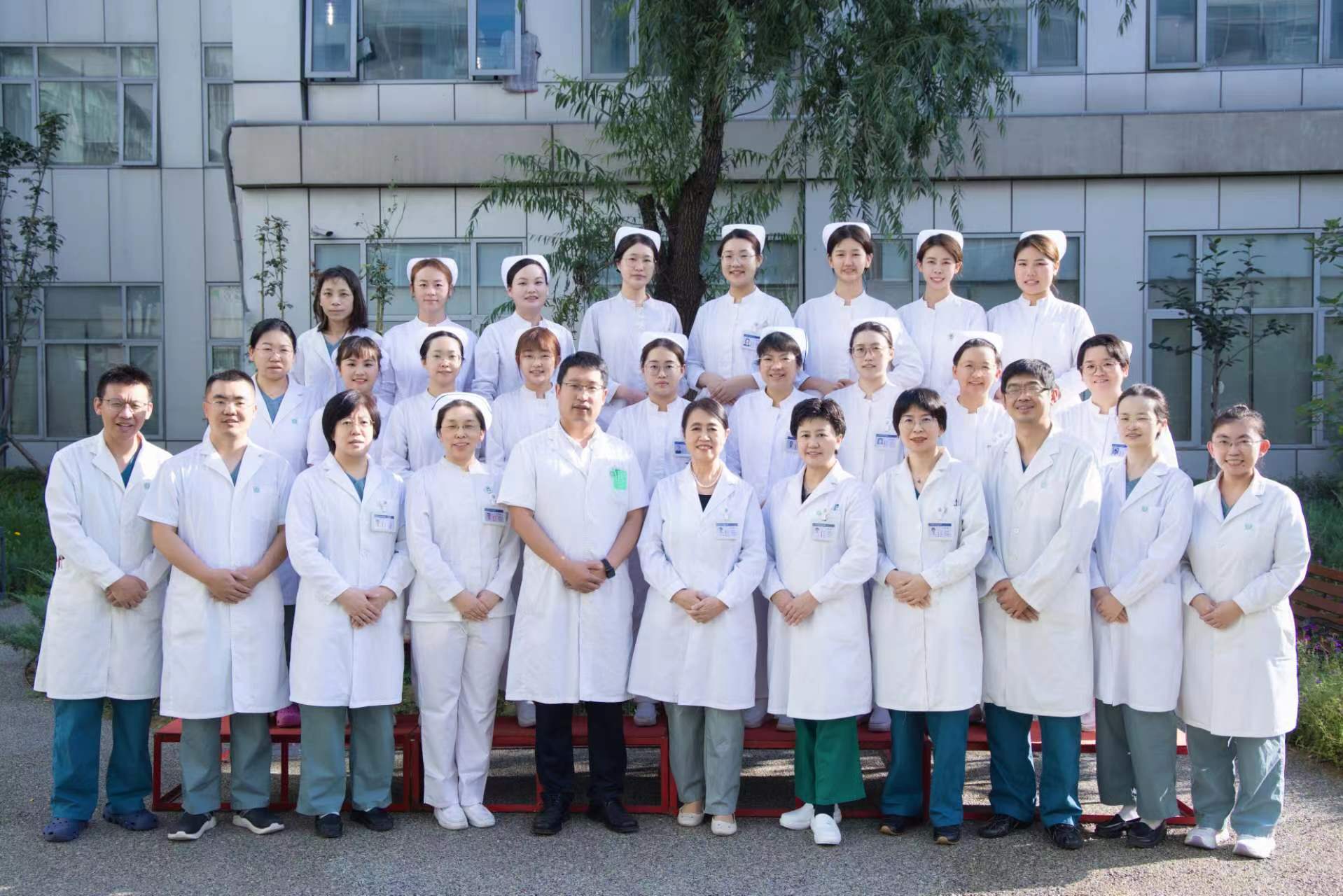
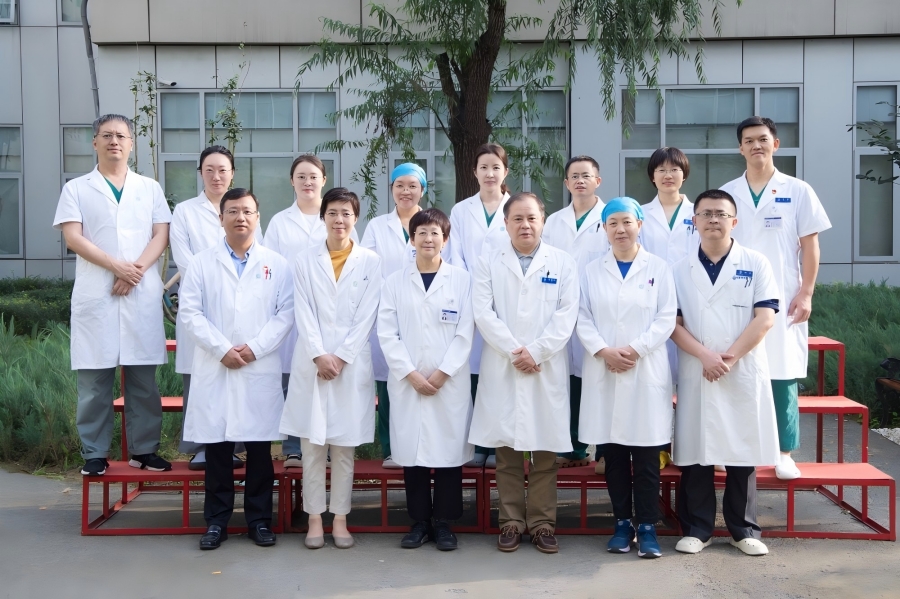
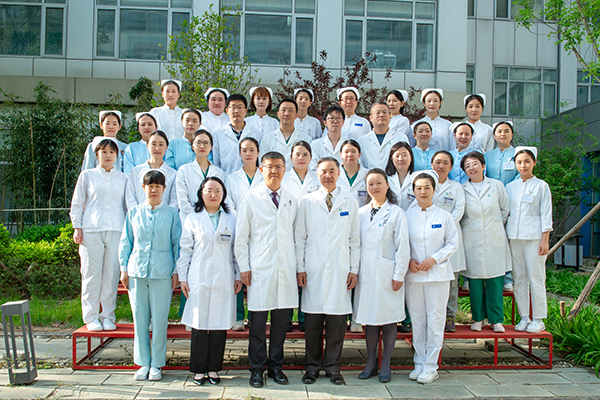
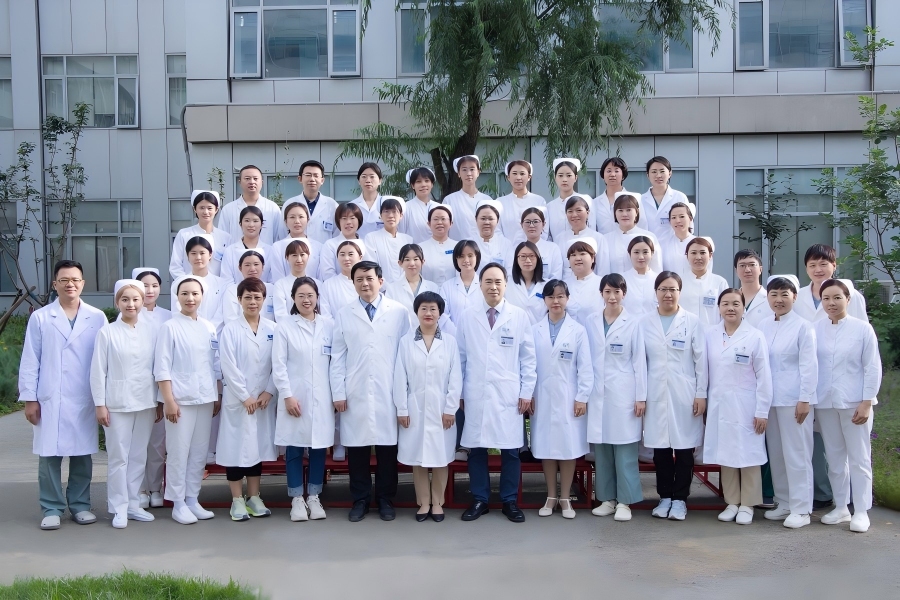
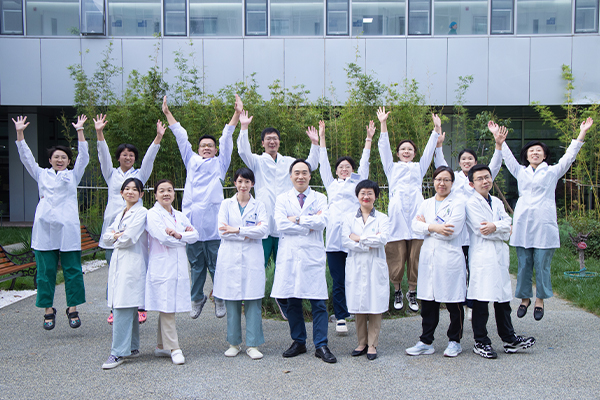
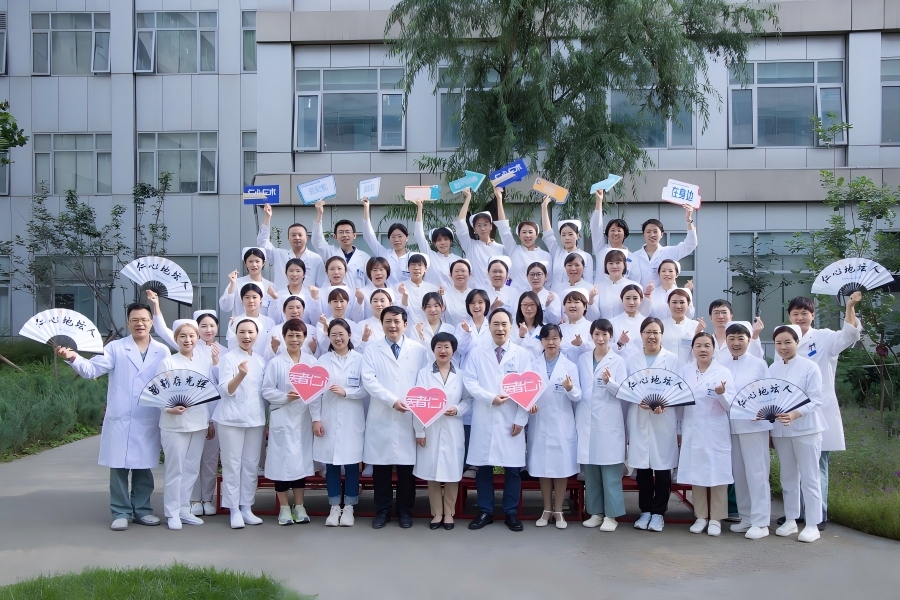
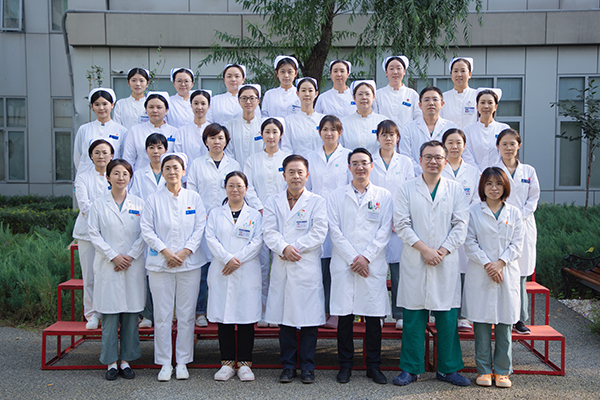
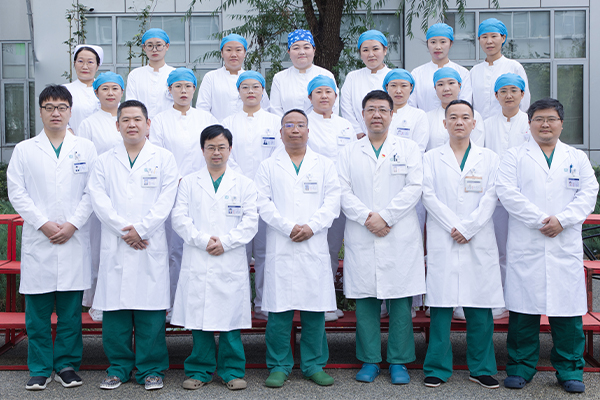
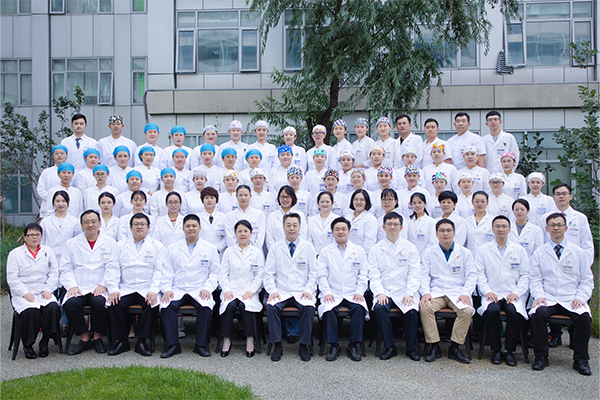
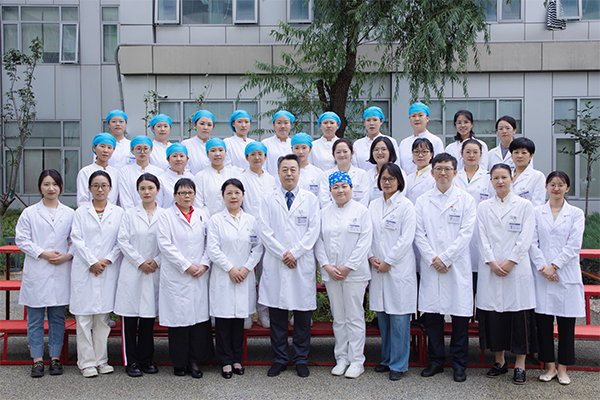
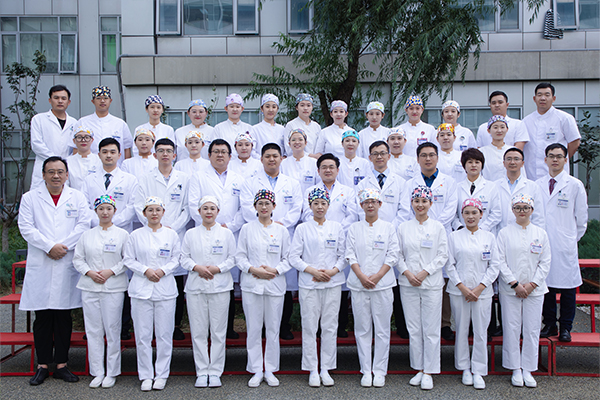
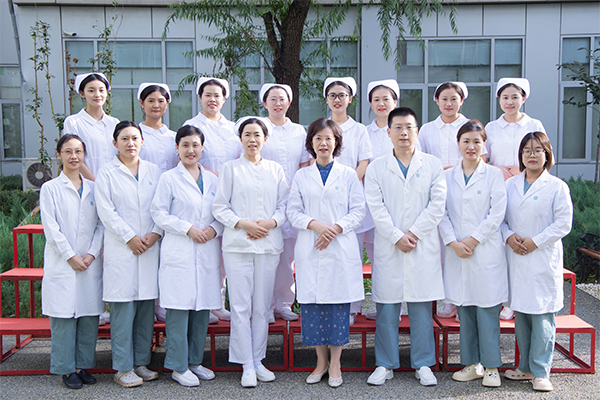
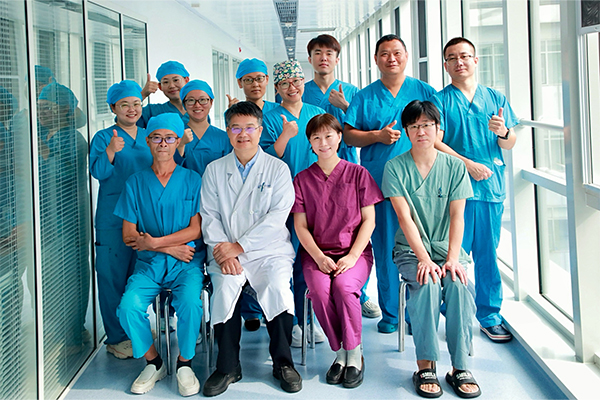
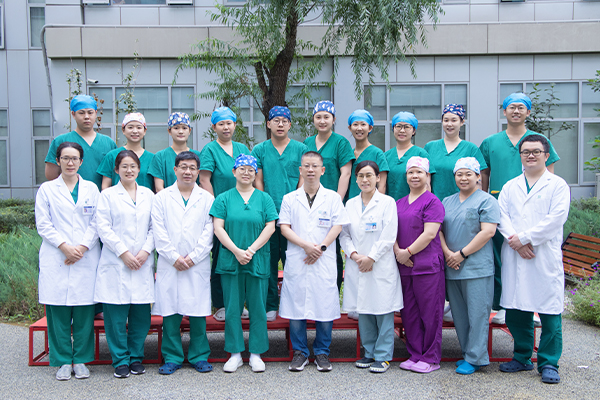
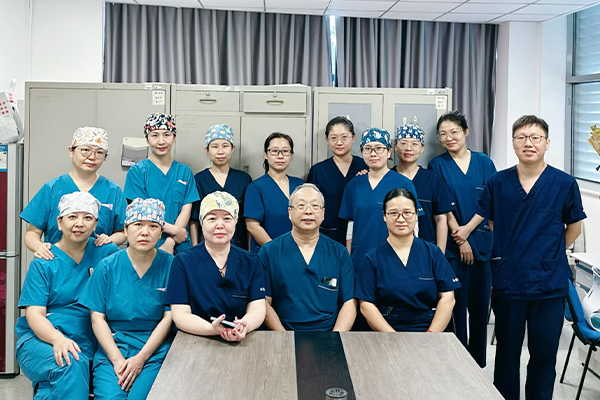
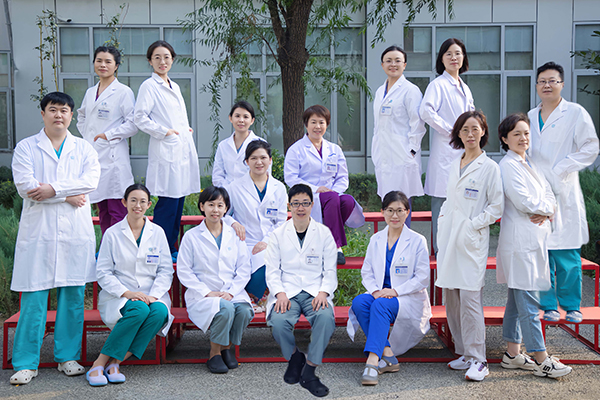
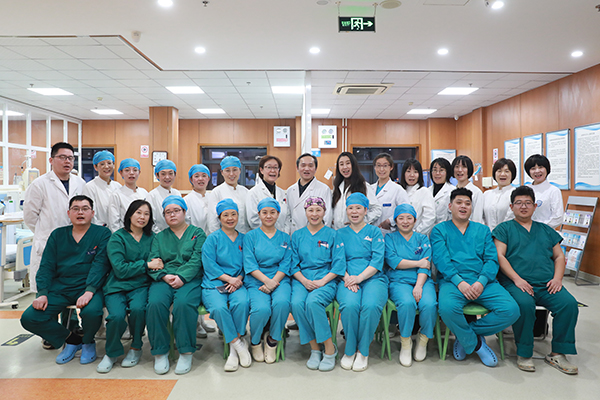
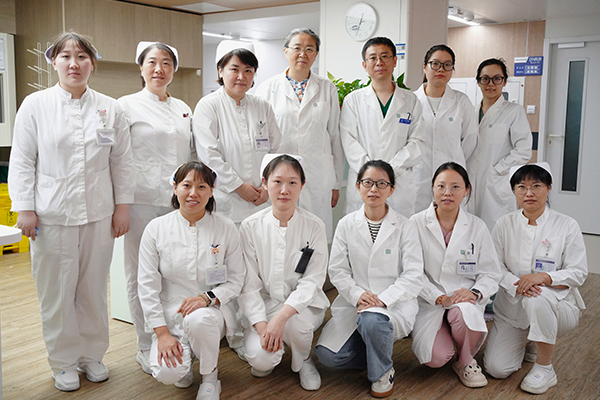
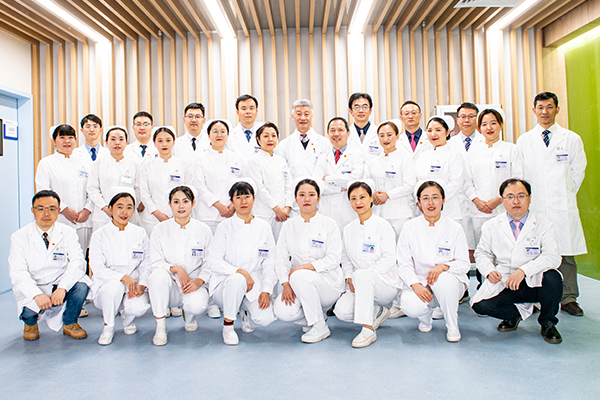
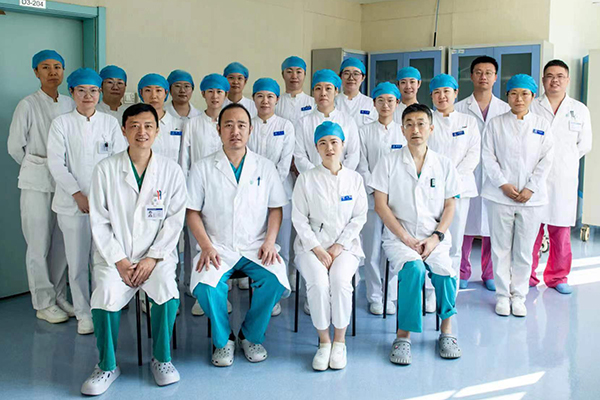
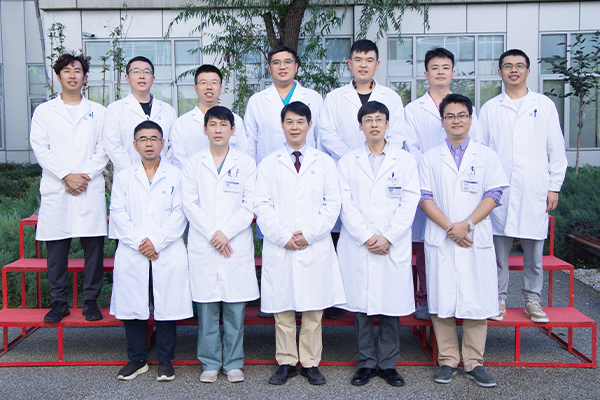
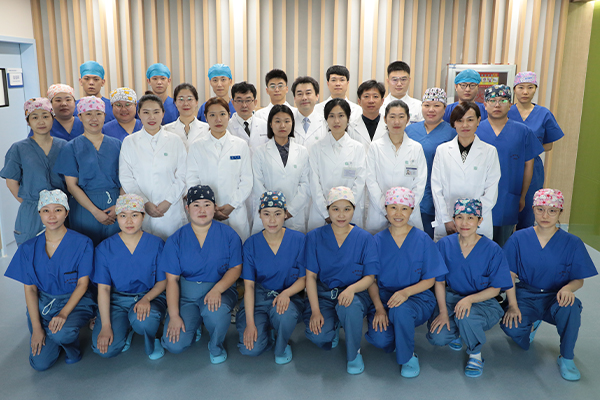
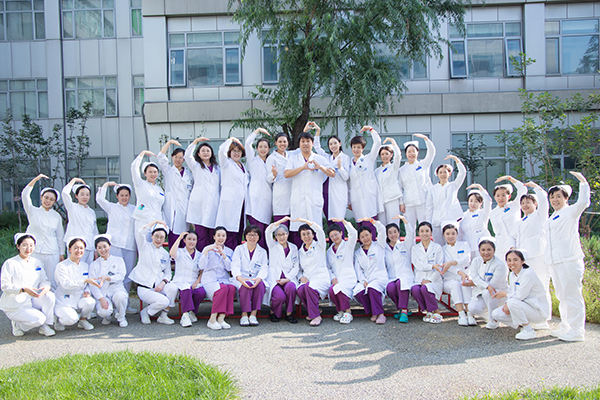
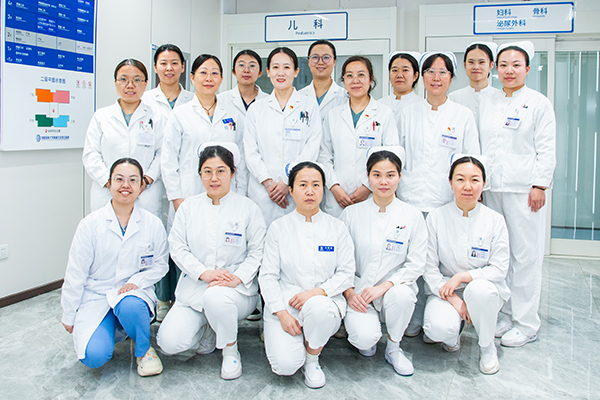
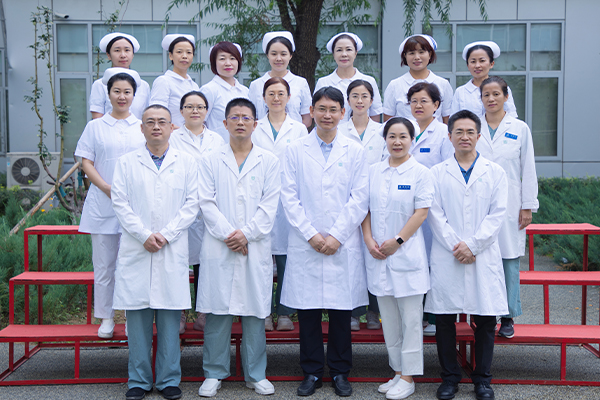
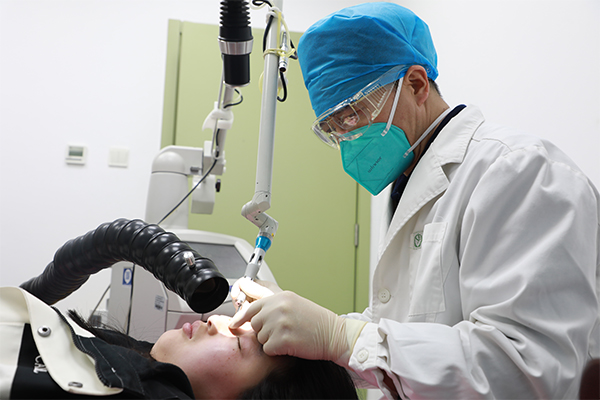
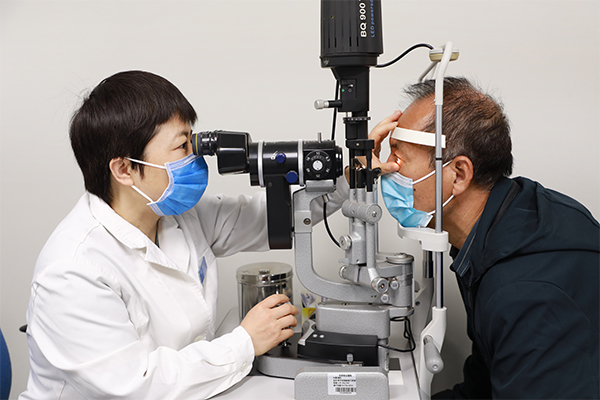
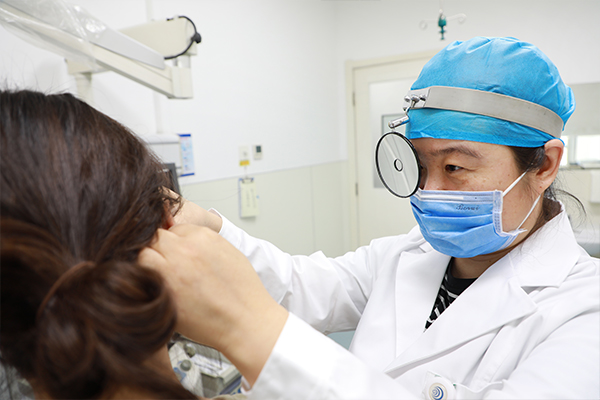
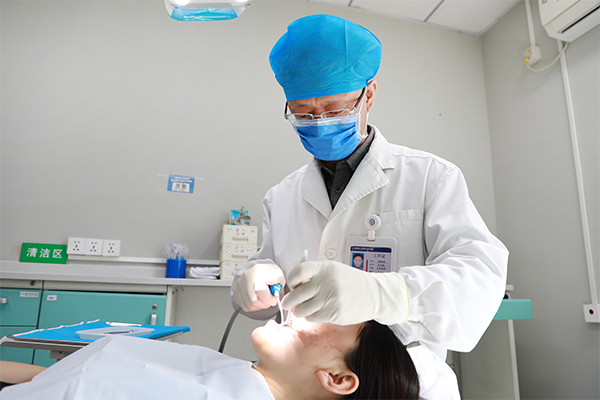
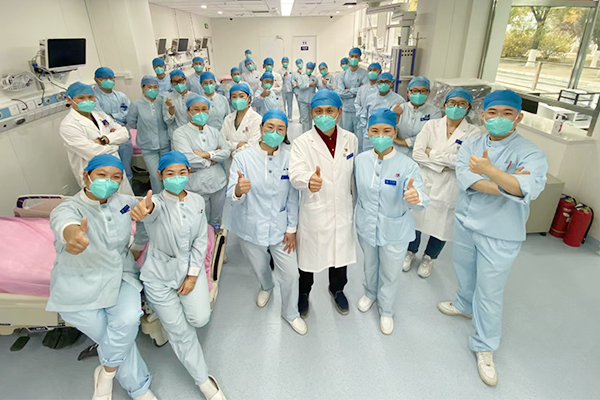
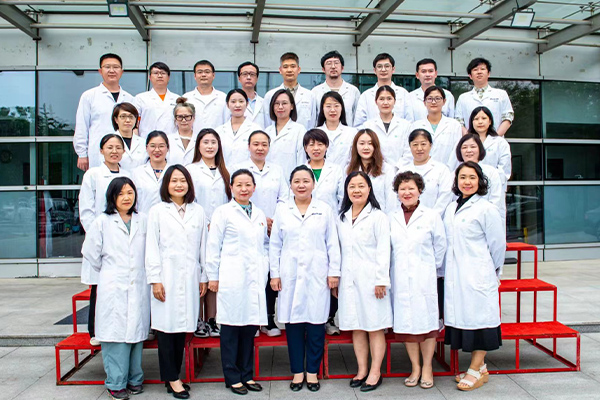
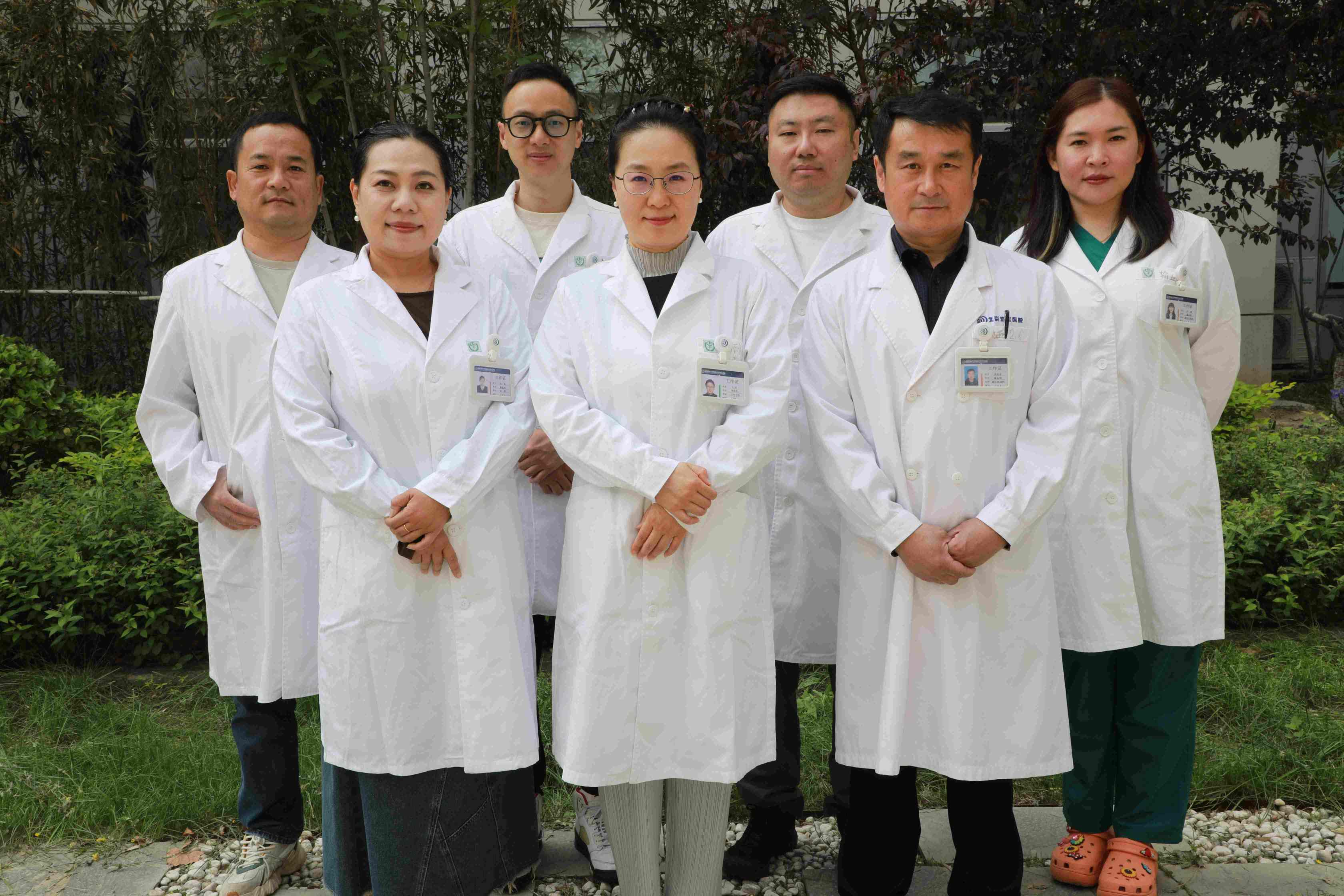
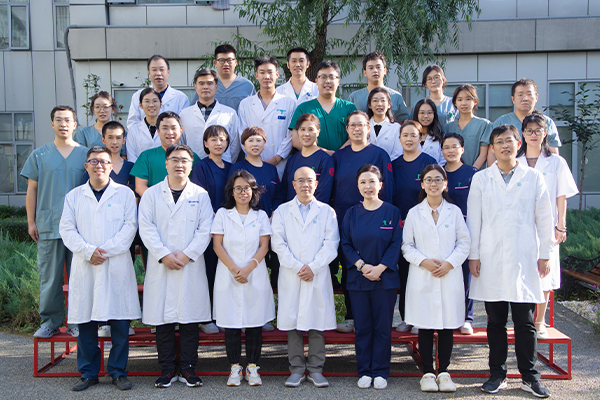
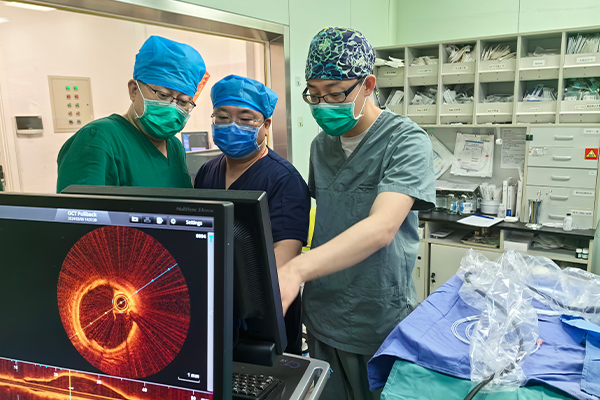
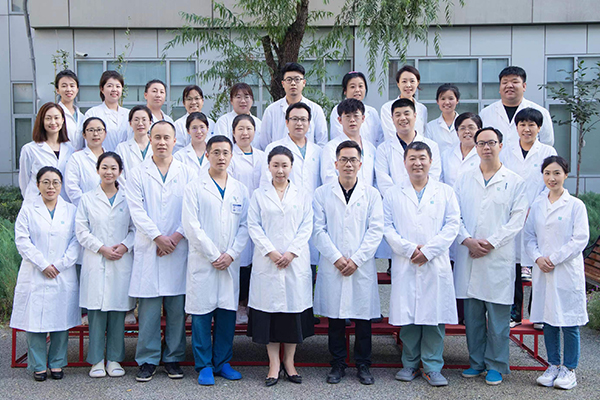
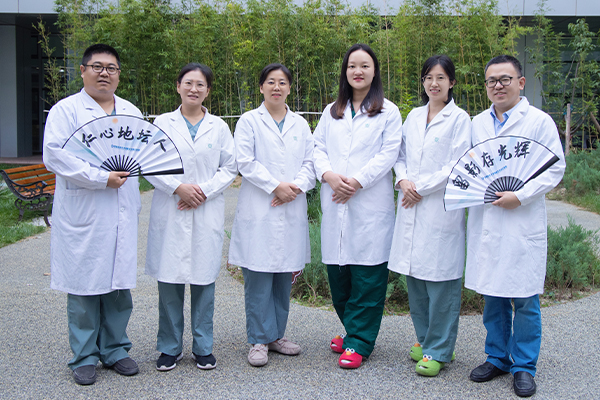
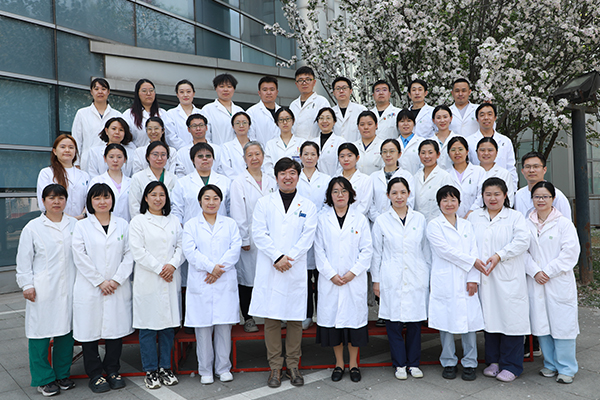
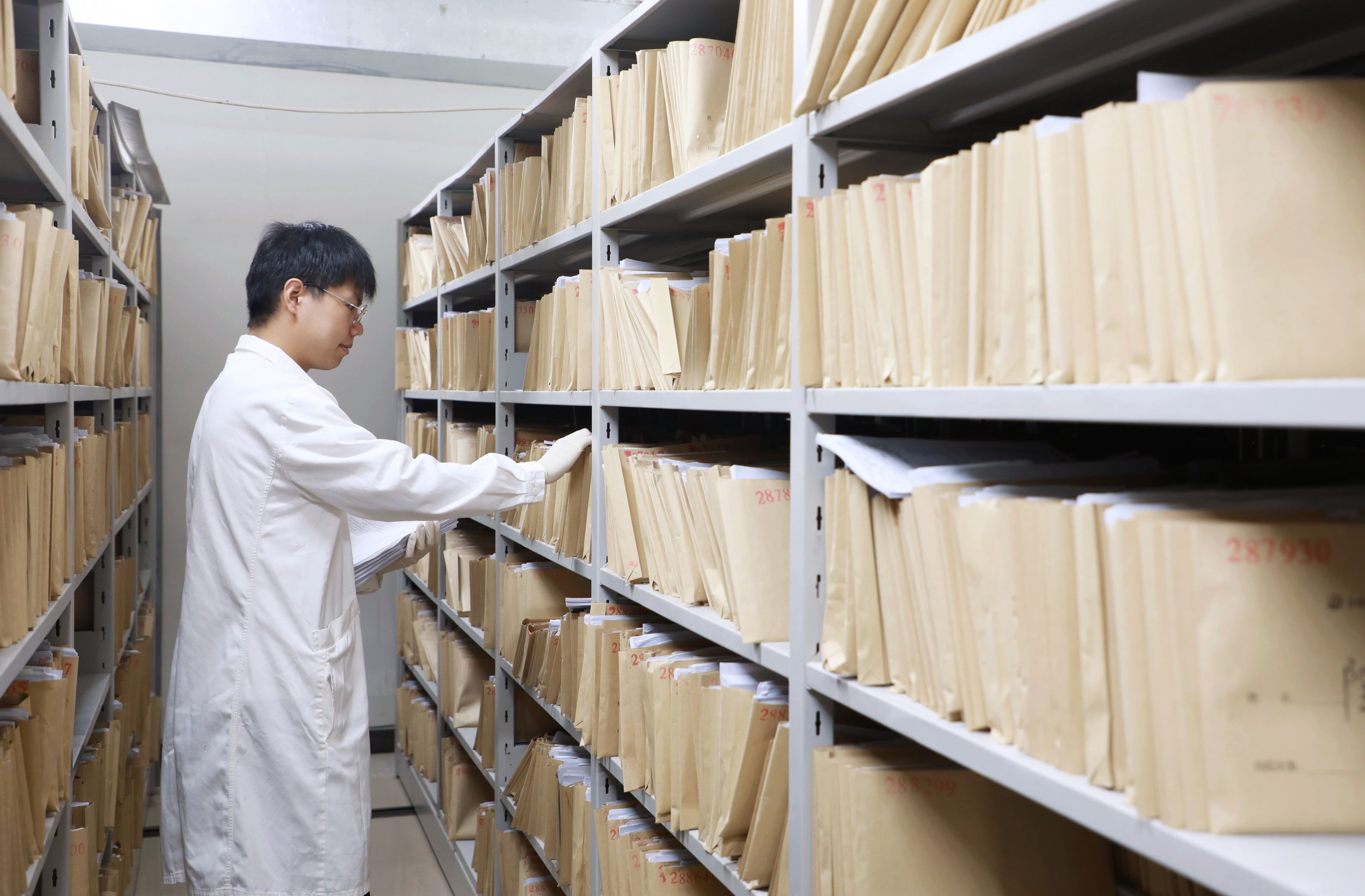
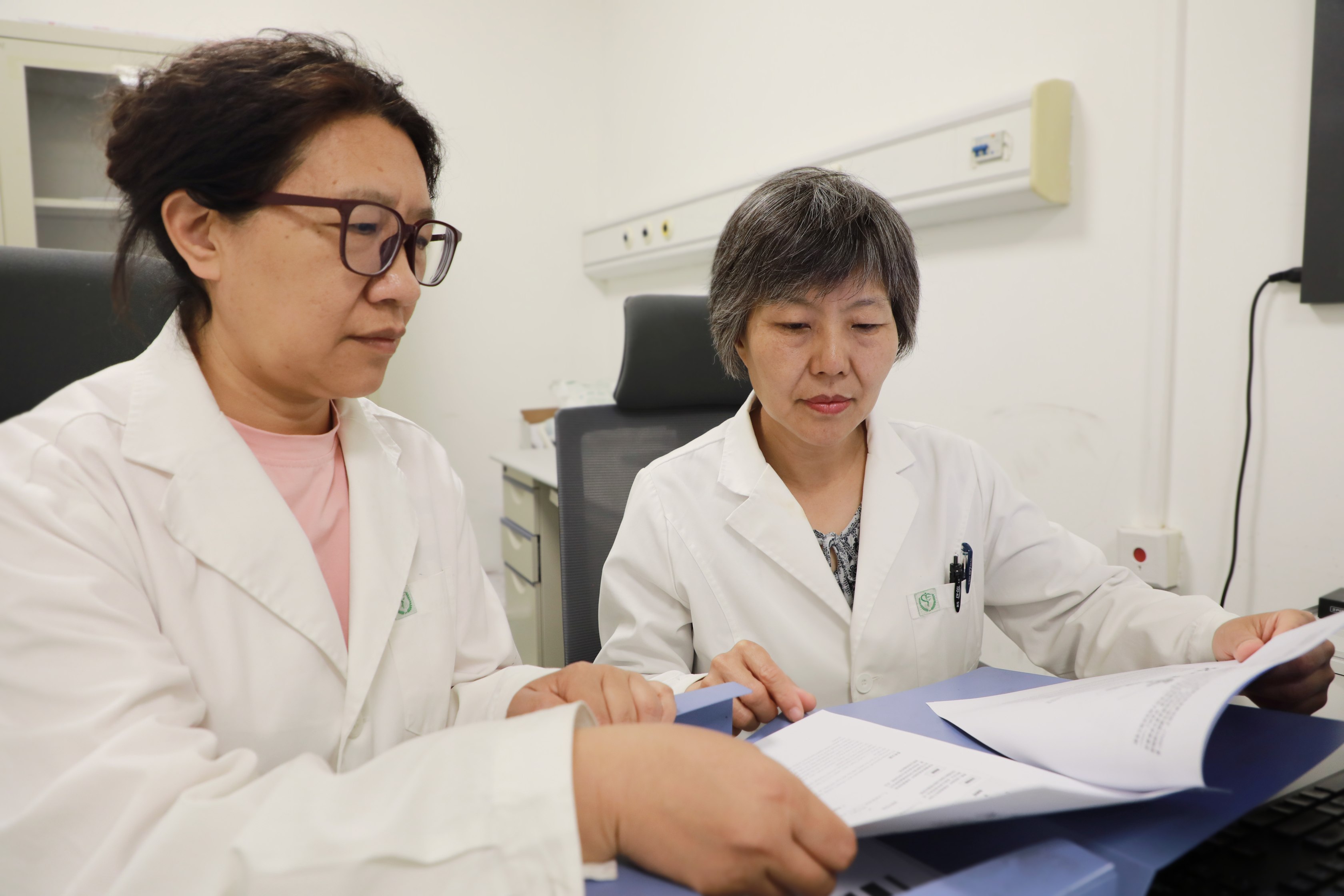
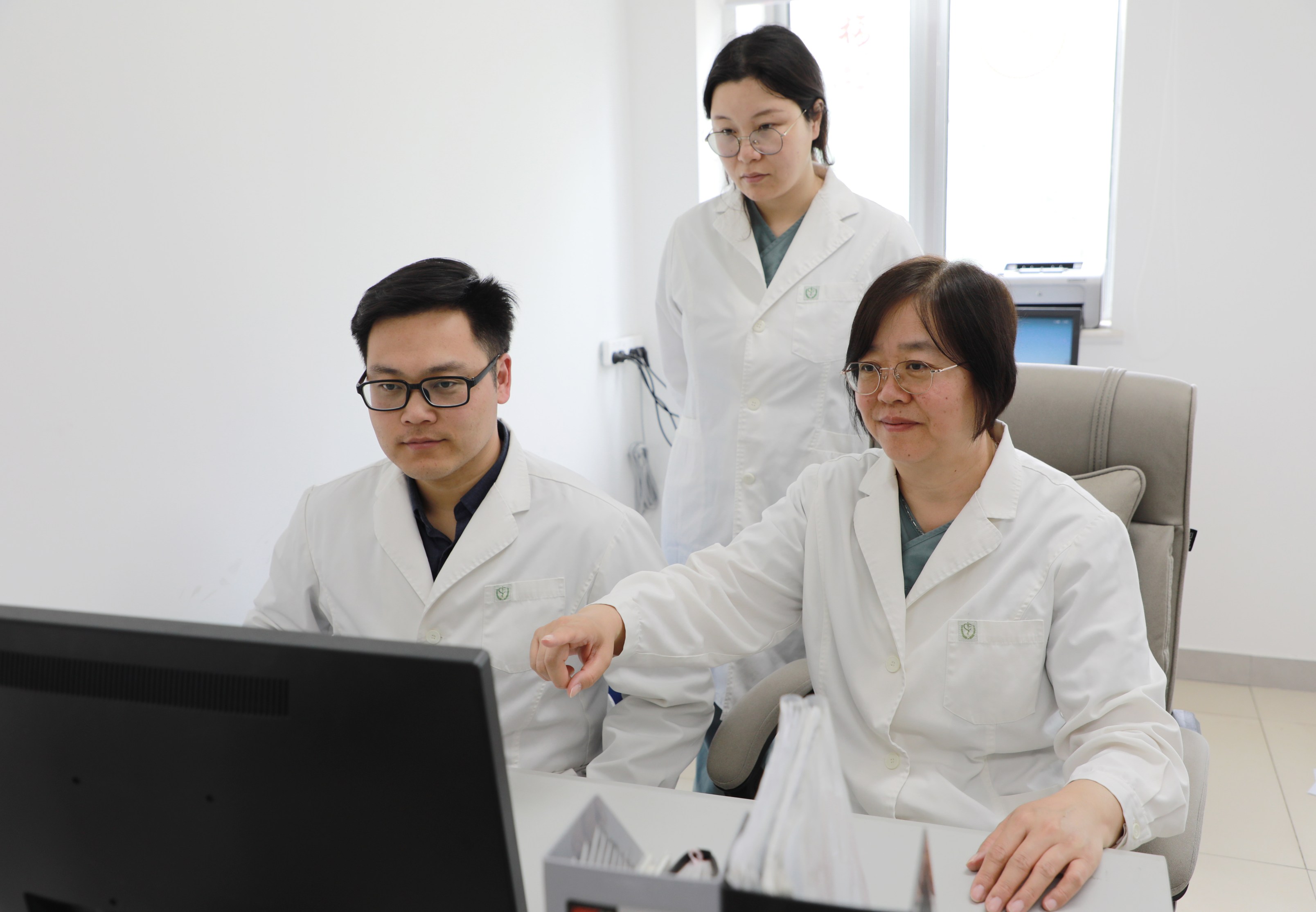
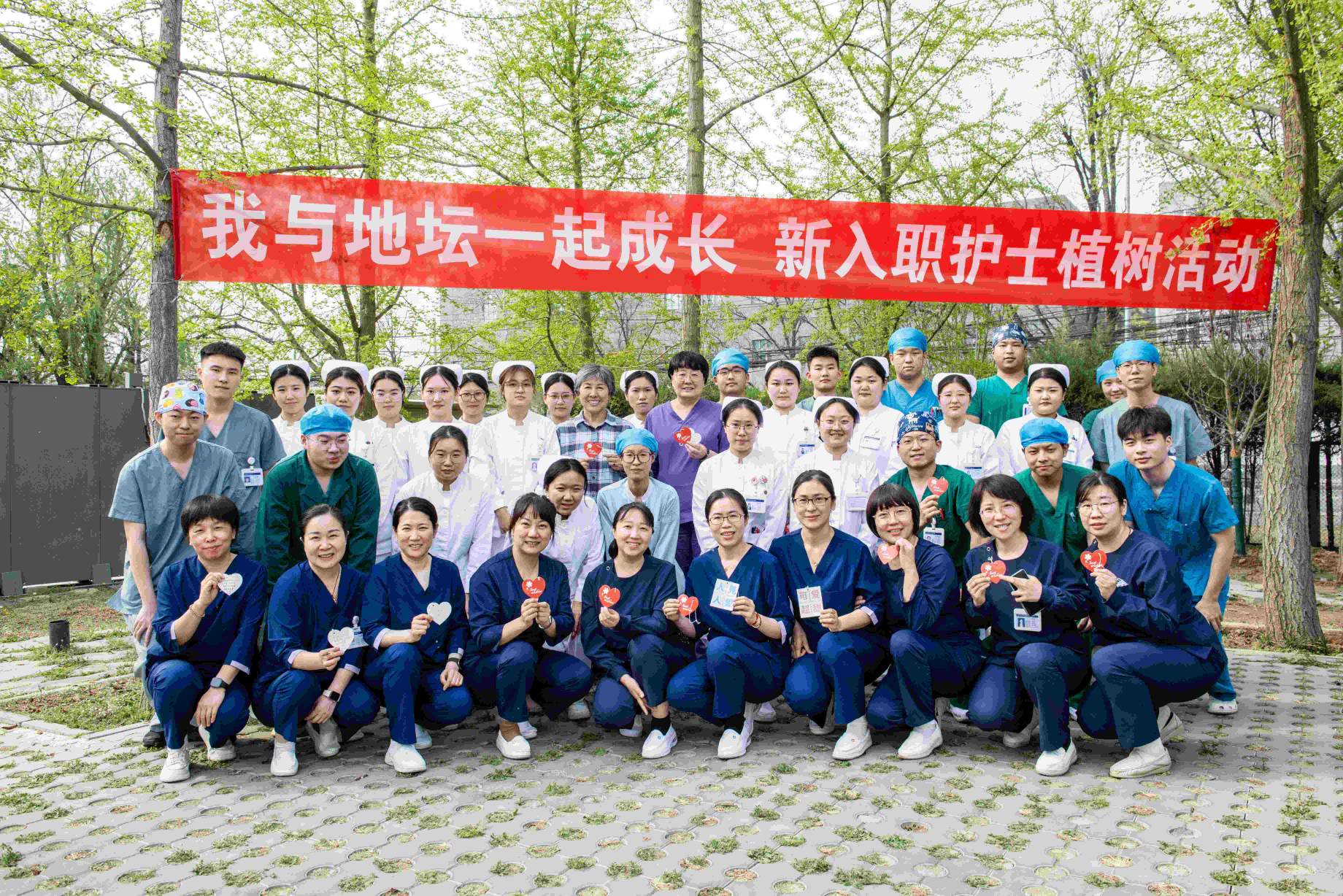
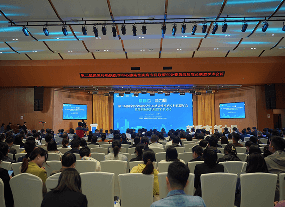
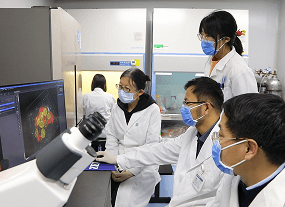
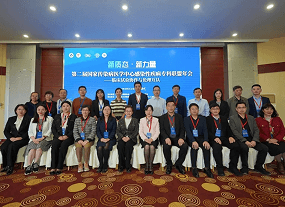
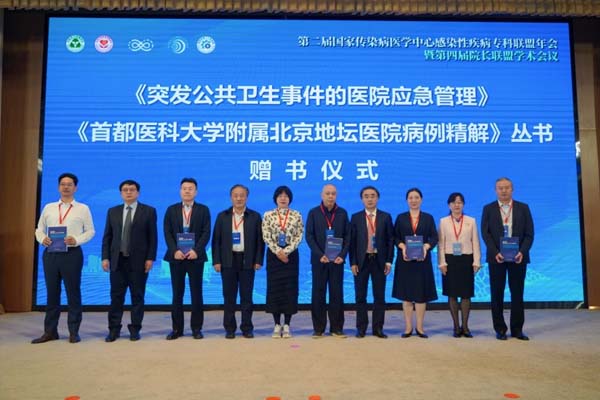



 京公网安备 11010502052111号
京公网安备 11010502052111号